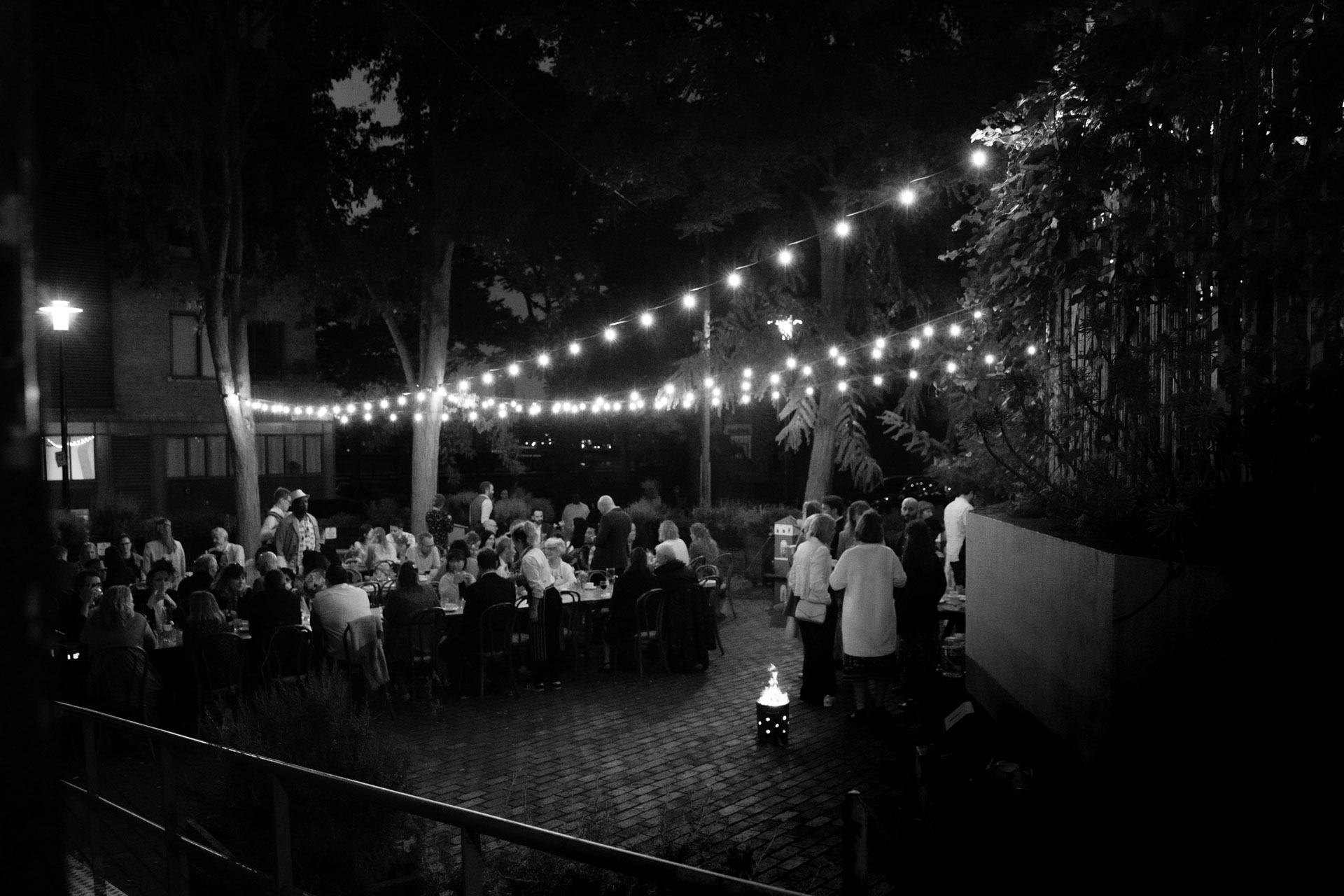
Wedding Speeches: Planning, Timing and Practical Tips
Wedding speeches can be one of the most moving and joyful parts of the day – a chance to pause, reflect, laugh, and share love through words. Over the past 10+ years of photographing weddings, I’ve witnessed speeches that brought the house down with laughter, sparked tears of joy, and created some of the most unforgettable moments for couples and guests alike. That experience means I know what works (and what absolutely doesn’t), and I’m here to share some real-talk advice to help you get it right.
This isn’t here to tell you what to do – just to offer seasoned advice. It’s about helping you plan this part of your wedding in a way that makes it significant, natural, and cohesive with the pacing and schedule of your wedding day.
In this guide:
- Number of speeches
- Timing in the day
- Length of speeches
- Review content
- Let’s toast
- Final thoughts
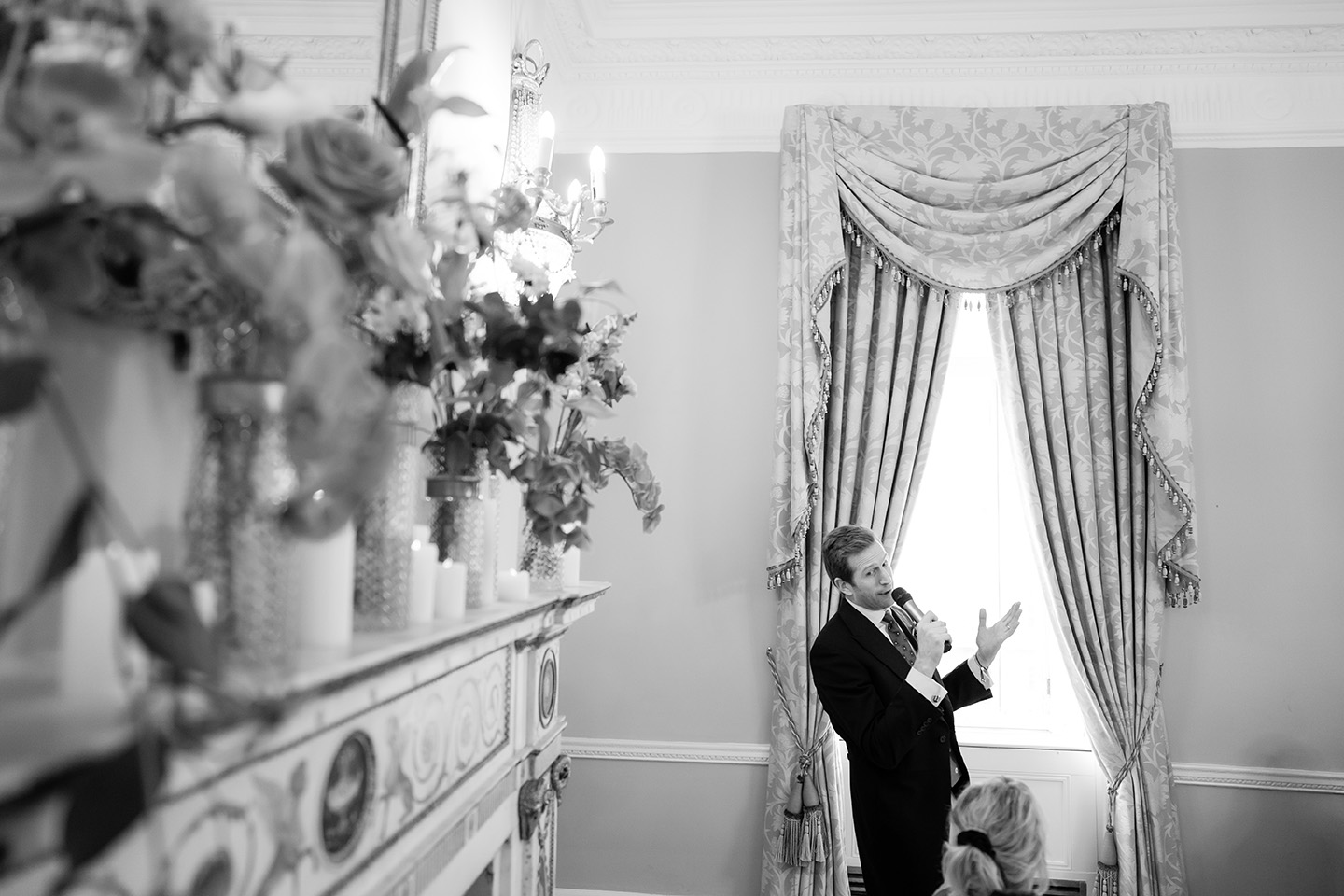
1 Think through how many speeches, and who will give
Start out by considering how many speeches you’d want, and whom you’d like to invite to give them. That choice should line up with your schedule – because while some speeches may only be a few minutes long, others can (and do) run much, much longer. I’ve seen everything from brief, heartfelt toasts to 45-minute speeches along with props and slideshows – sometimes on the fly, and sometimes holding up the rest of the day by quite a bit.
Traditionally, the list includes the Father of the Bride, the Groom and the Best Man and/or the Maid of Honour. But nowadays, there are no rules! You may skip this part altogether, opt for a short thank you note from you as the couple, or have a mix of parents, bridesmaids/friends etc. Some of the best speeches I heard were made by brides!
Tip: Be truthful about what can be done within the available time, and discuss with each speaker in advance how to keep their comments brief and thoughtful. One well-prepared speech carries more weight than a rushed string of too many. Remember, not everyone may feel confident to stand in front of a full room, and it may be a huge pressure on them carried all day.
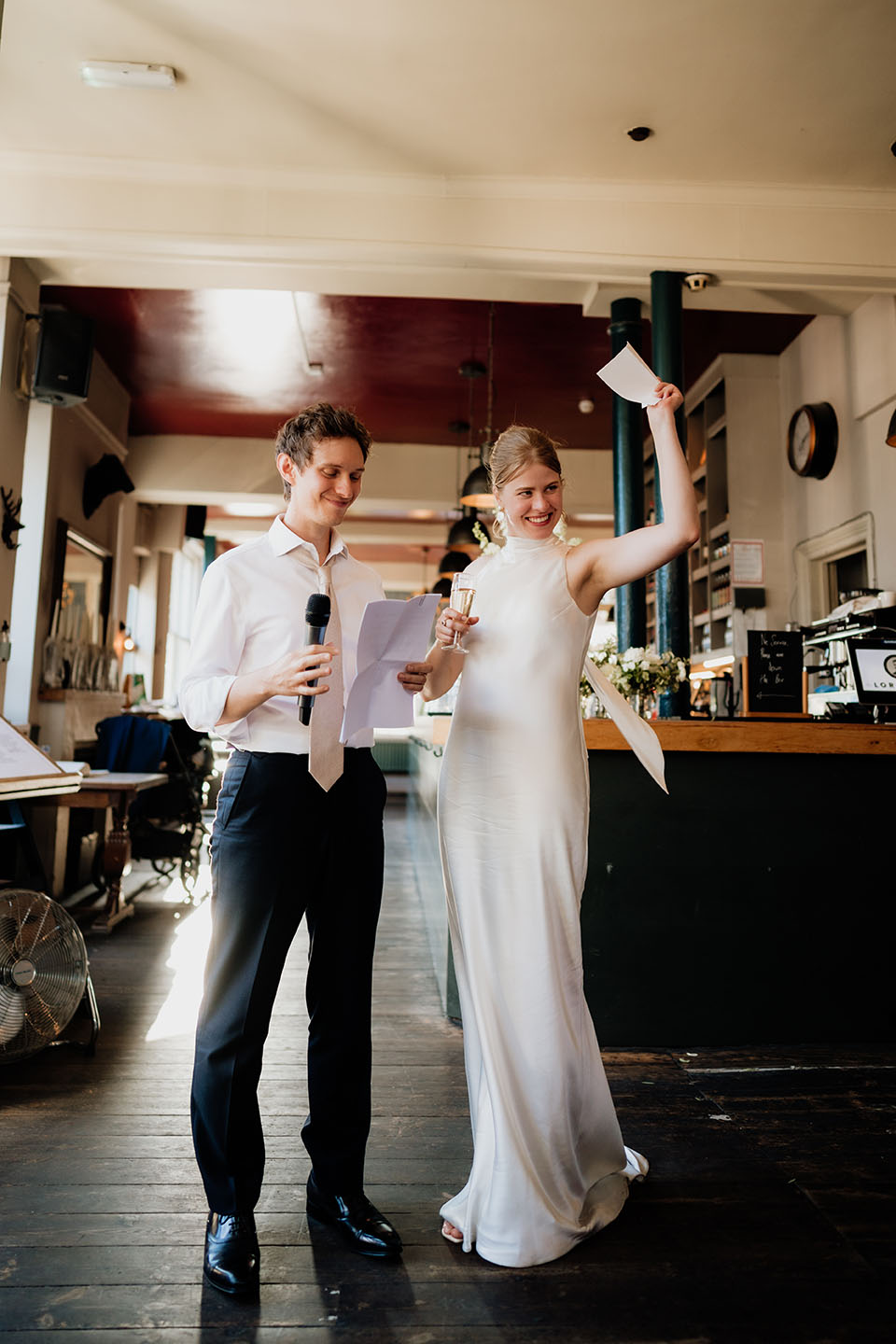

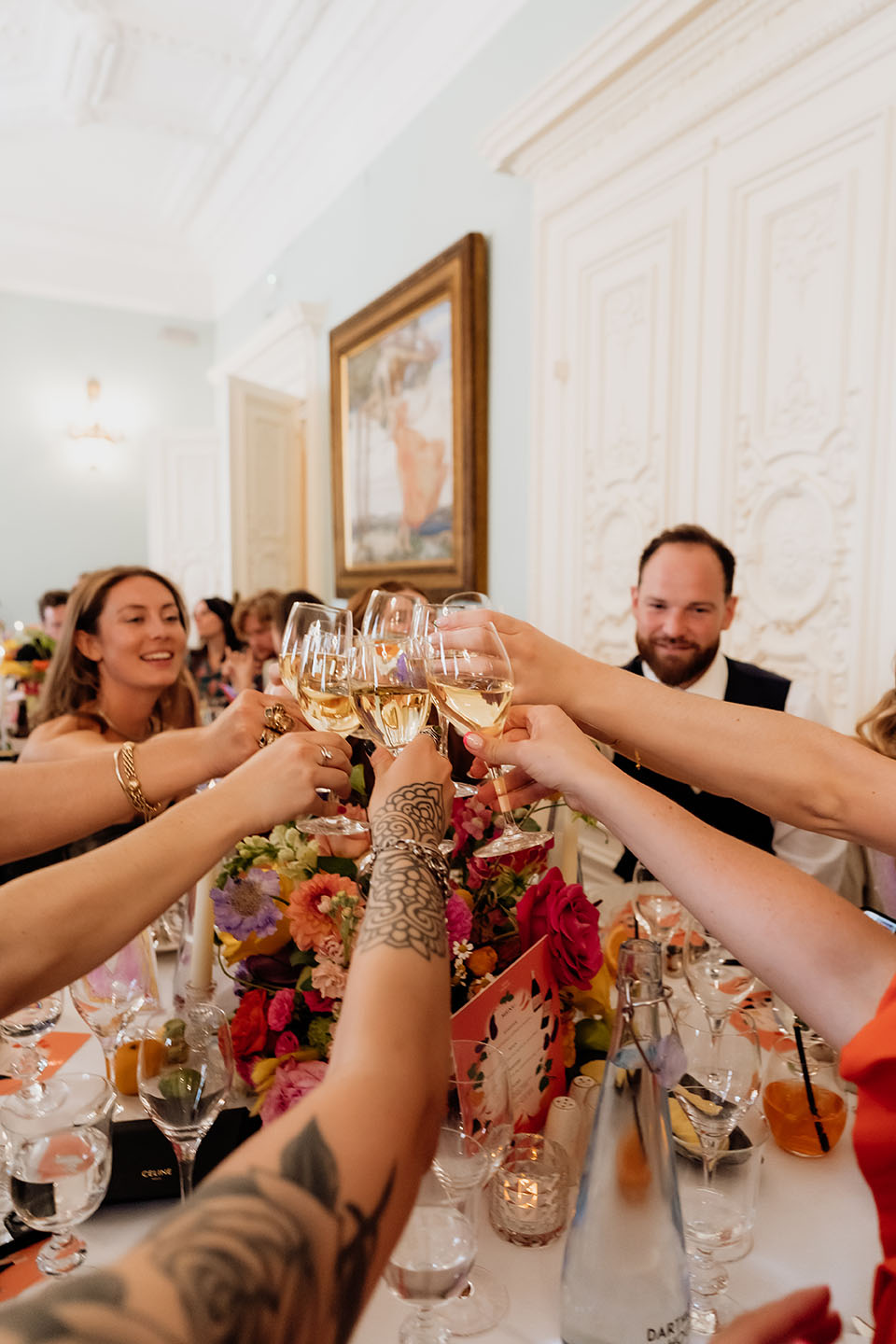
2. When to time the speeches – perfect schedule
Again, traditionally, the speeches happen during the wedding breakfast part of the wedding day. Modern wedding order of the day, however, may see the speeches sprinkled throughout the day or even have them all done before the sit down.
If you choose to plan the speeches for the wedding breakfast / reception, my pro tip is to avoid placing speeches between courses e.g. one before the starter, one after the starter, two after the mains, one after the dessert etc. While this sounds like a smart way of spacing them (and some venues recommend this order), in reality it can result in quite a number of logistical issues. From cold food, clinking of cutlery if the meal has not finished, clearing tables while guests are still speaking, absent guests if they need a powder room break, to significant delays to the rest of the day affecting other suppliers (and possibly your evening guests!). Things to consider:
FOOD
You are investing in a culinary experience for you and the guests, so this is an important part of the day. Behind the scenes, speeches between courses may cause real stress for the catering team. Timed service at 60-100+ plates is a very well-coordinated endeavour in and of itself. Only one speech taking longer than expected (which nine times out of ten has a tendency to do) delay the food and throw the kitchen into a spin.
PARTY
Additionally, if your venue doesn’t have a separate space for dancing and the same room is used for both the meal and the evening party, the room turnover time becomes another important consideration. A band, for instance, typically requires a specific window for setup and sound checks (1-2h as a minimum). This can only begin once the space is fully cleared and ready. If speeches push the schedule back, it may also delay your entertainment and the length of the party!
EVENING GUESTS
If you’re expecting additional guests to join later, a delayed timeline can create a slightly awkward pause where new arrivals are left waiting before they can join the celebration. It’s worth checking if your venue has a bar area, or somewhere they can relax during this time, just in case things run over.
SUPPLIER BREAK
It’s also helpful to keep in mind that the wedding breakfast is often the first and one opportunity during the day for your all-day suppliers – such as your photographer, videographer, or planner – to pause briefly, rest and eat. Sometimes this pause also involves adjusting lighting, recharging batteries, or setting up for the dancefloor.
When speeches are spread between courses, that window tends to disappear as suppliers’ food tend to arrive after all guests are served. While it’s certainly manageable, it can make things a little more challenging. And in some cases, suppliers may need to step out of the venue to source a meal if one isn’t provided or timed in (no one should be made to work all day without a meal!). Most suppliers’ coverage is time-based (e.g. 3 hours band set, 9 or 12 hours of photo/video/planner’s time), and if the schedule is pushed due to delays, it could also impact how much of the evening is covered or lead to additional time needing to be added.
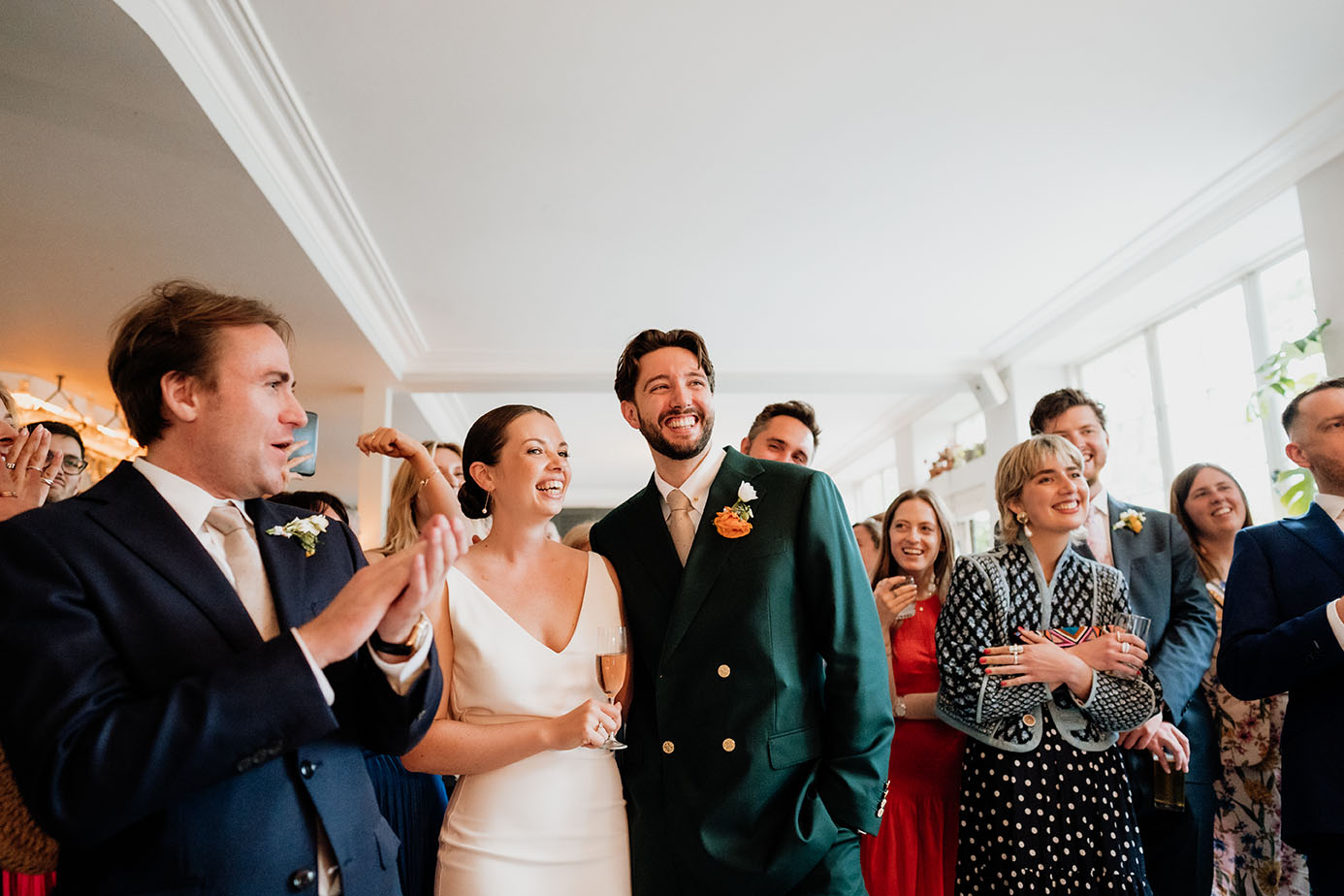
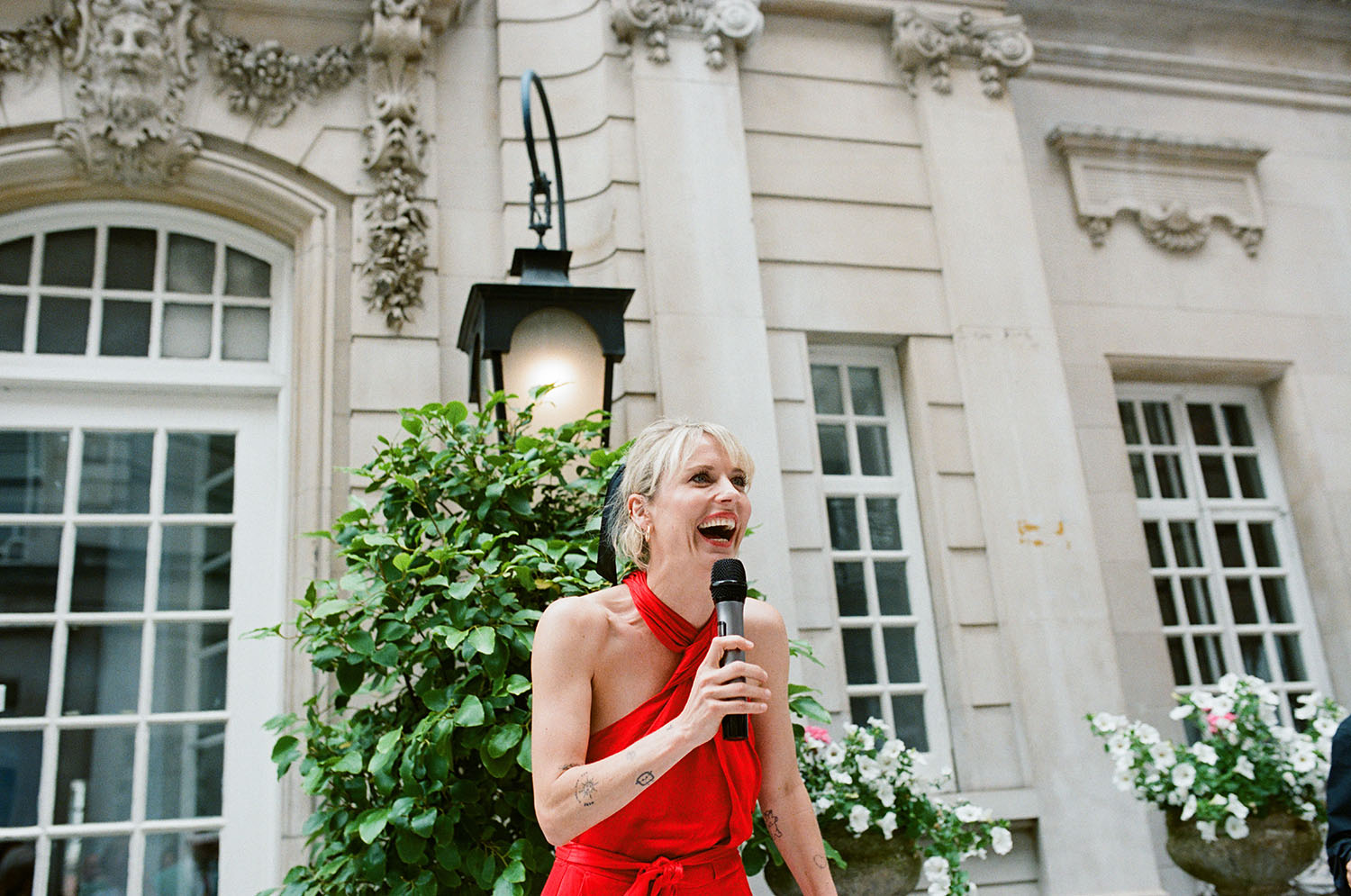
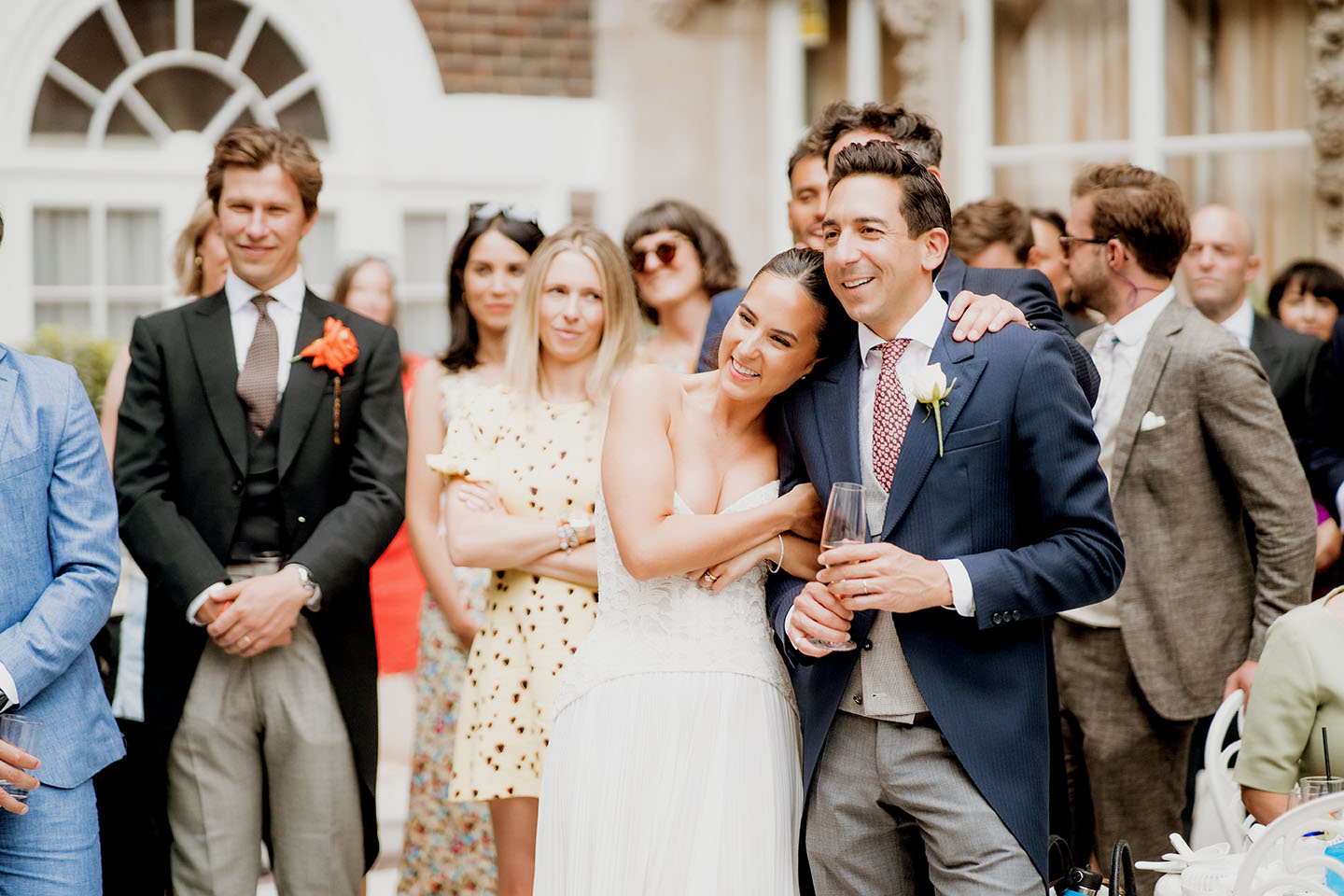
A smoother approach? Consider grouping wedding speeches together:
- During the drinks reception – these more relaxed, standing speeches can be easier to do for nervous speakers, and wonderfully photogenic – people huddled in a circle, raising a glass, bursting into spontaneous laughter. Some of my couples’ favourite photos have come from such toasts.
- Before the meal – a great high-energy moment when everyone’s seated and fresh. Keep them short and do not let your guests waiting for their meal.
- After the mains / during or after dessert – a fun and easy way to transition into the next part of the evening.
3. Keep timing expectations in mind
If you ask for a 5-minute speech, it will turn into 10 or 15 minutes. Individuals get caught up in the moment, there is applause (sometimes after each thank you!), laughter, sometimes tears – all of which consume time and do not get counted in. Most speakers are not used to speaking before a room full of friends and family. They may overdo on the intros, thank yous or content, and rarely anticipate the audience reaction times.
Tip: Encourage speakers to aim for a 3 minutes speech (assume it will be 10) and to pull out one or two lovely or funny moments, not to deliver your entire life history or year-by-year review (parents love telling childhood stories and often start at the birth!). A single beautifully described memory – seeing the couple together for the first time, a funny misadventure, something unique about your friendship/relationship – can resonate more emotionally than a list of all achievements from a school play to a new job. You can also focus on top three qualities the couple have if funny stories are taken by other speakers.
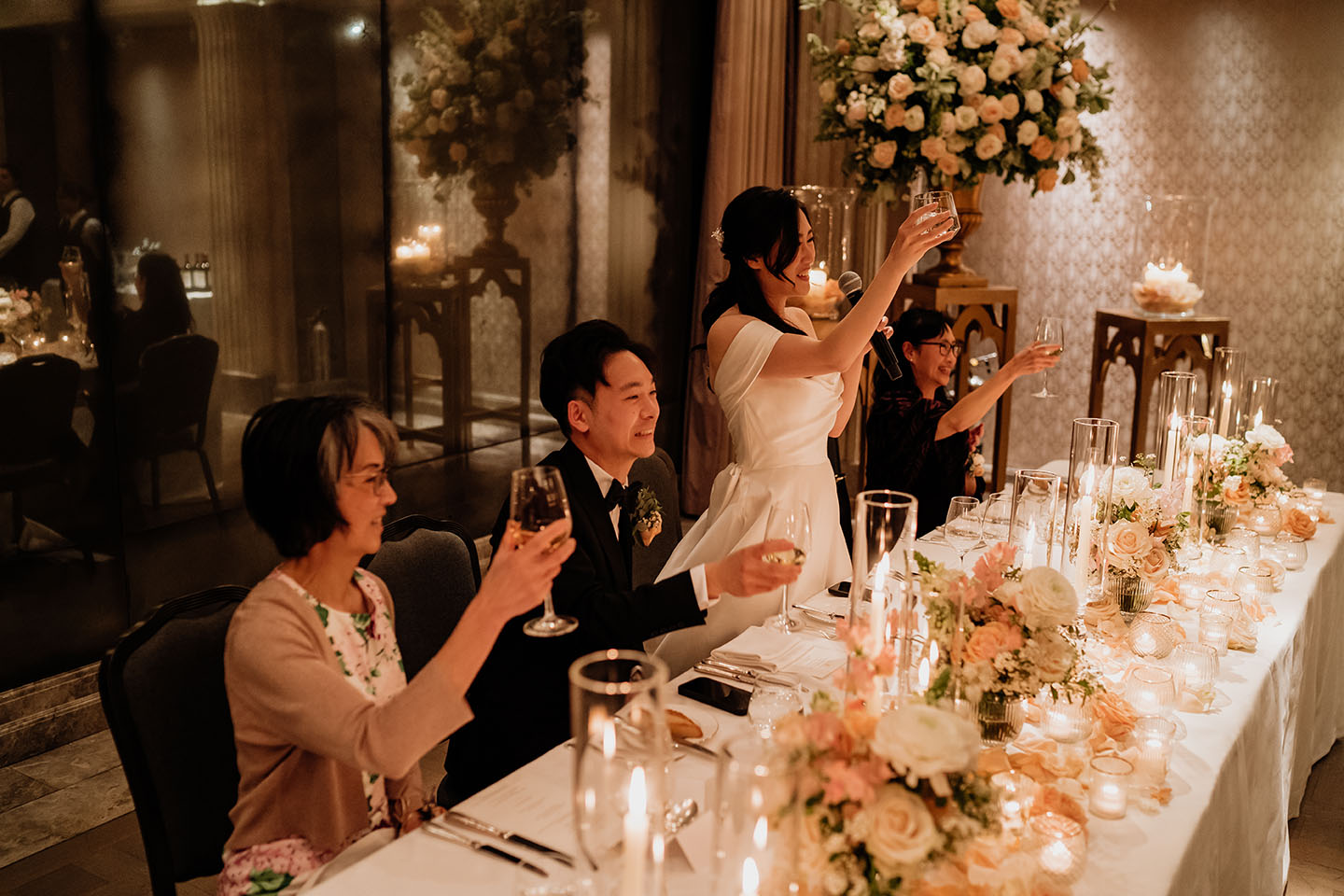
4. Review the speeches and coordinate Thank Yous
It’s pleasant to thank your guests, your family, and those who helped make the day special. But if all speakers use the same list of thank-yous, it starts to sound repetitive and adds extra time to this part of the day (believe me, it is quite frequent to hear the same: don’t all the bridesmaids look amazing – thank you for helping the bride etc told by three different speakers).
Instead: Coordinate in advance who will give the formal thank-yous to families (usually one half of the couple). Decide who compliments the bridesmaids / appreciate the groomsmen, mention those who made the day. Instead of repeating the same, request other speakers to talk more about personal stories.
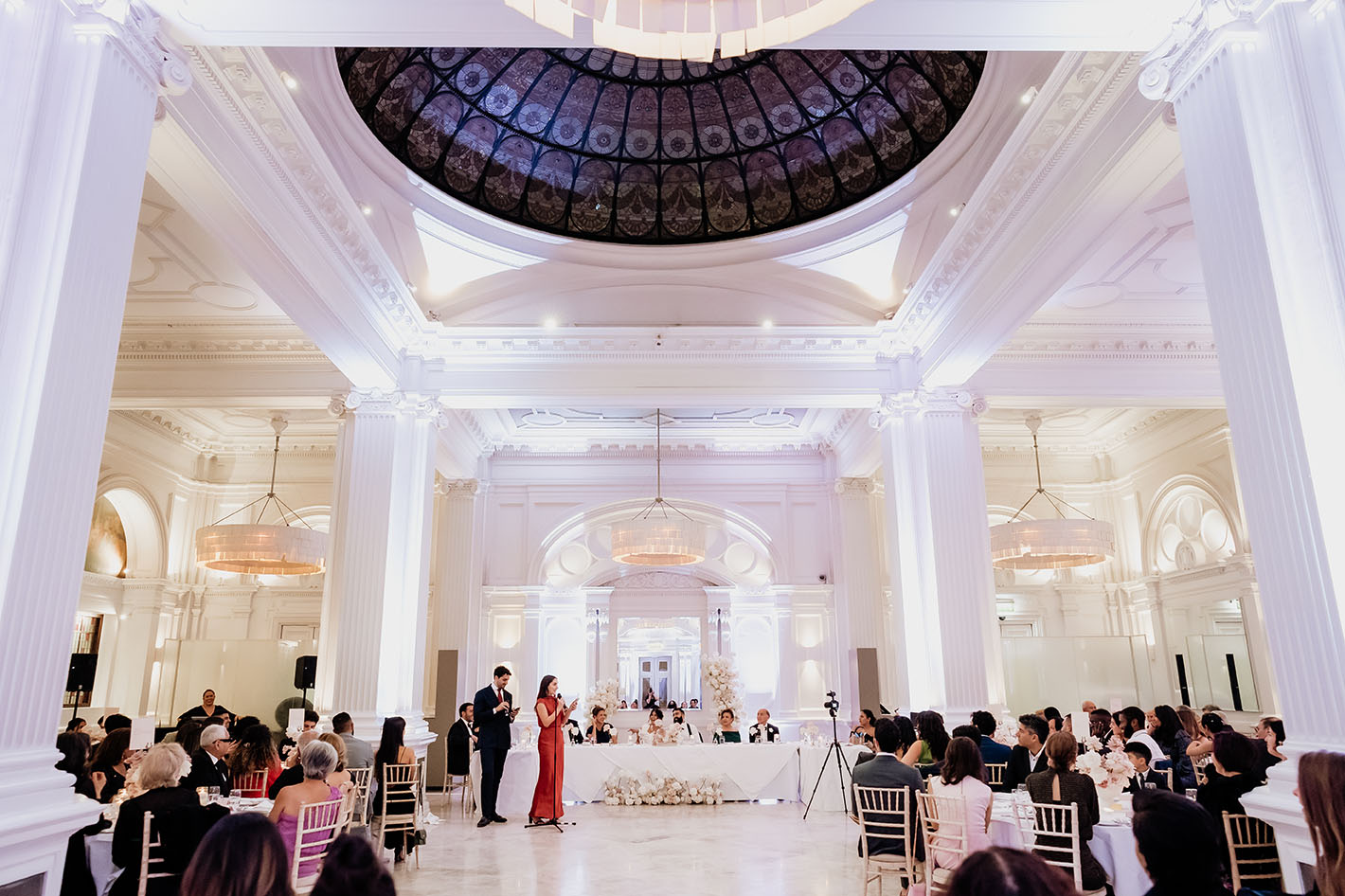
5. A toast can be just as special as a speech
Skip on multiple speeches – have a few toasts instead.
A toast is simple, genuine, and removes the pressure to write or perform a speech. It feels more spontaneous, especially for more reserved / anxious family members.
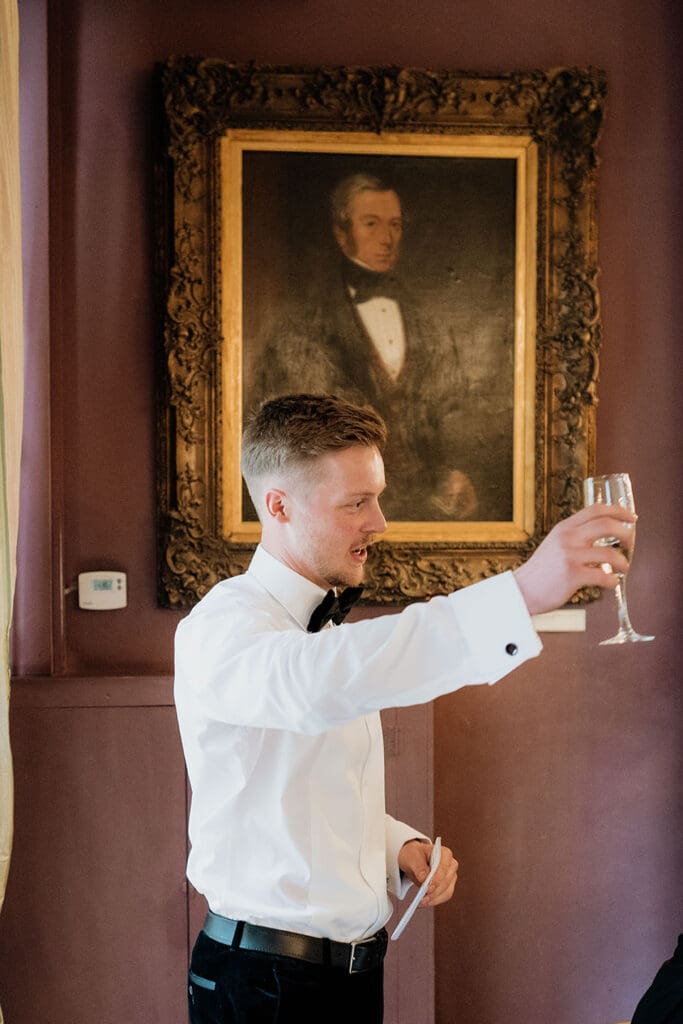
6. Final thoughts on wedding speeches
Well-written, well-practiced short speeches are a joy to be in the vicinity of – and a photographer’s ideal. These are the moments when your guests are leaning forward, hands are applauding, laughter has erupted, and someone’s dabbing away a tear or two.
With a bit of planning, gentle guidance for your speakers, and consideration for where speeches fit into your day – they’ll become precious memories captured in time.
If you’d like to get a PDF with a few tips on writing speeches to pass to your speakers, click below to download this guide.
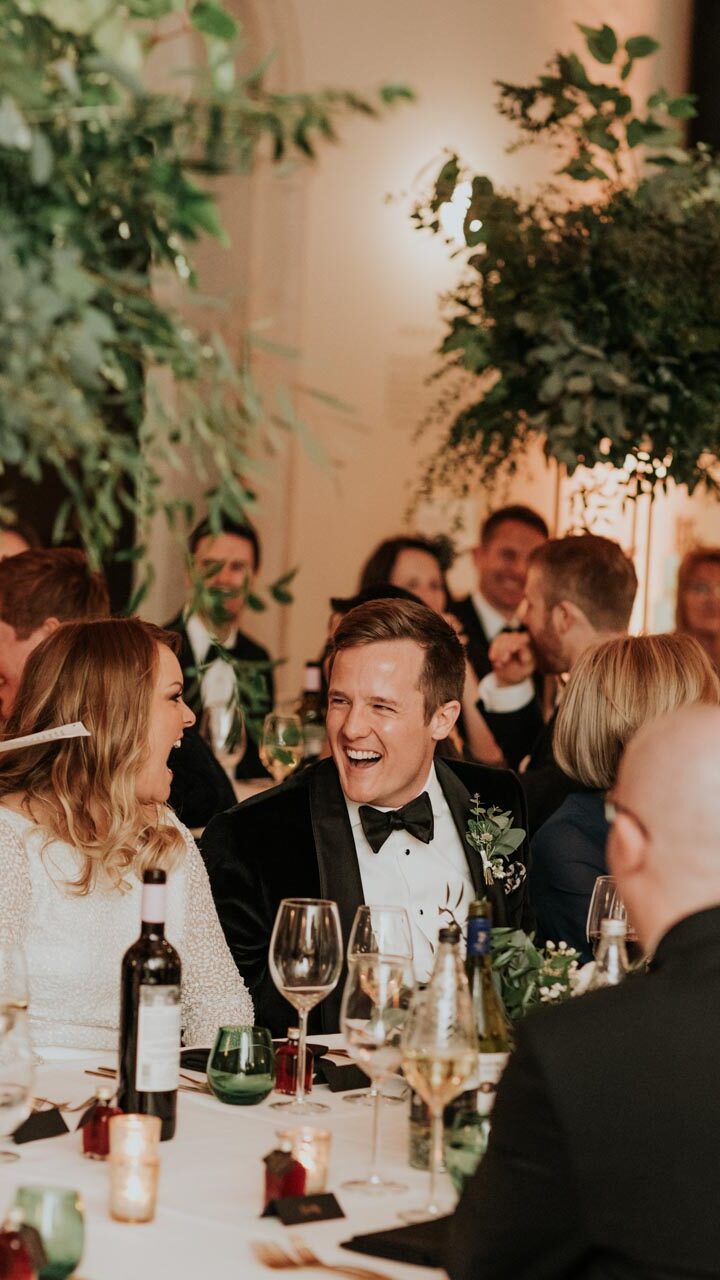
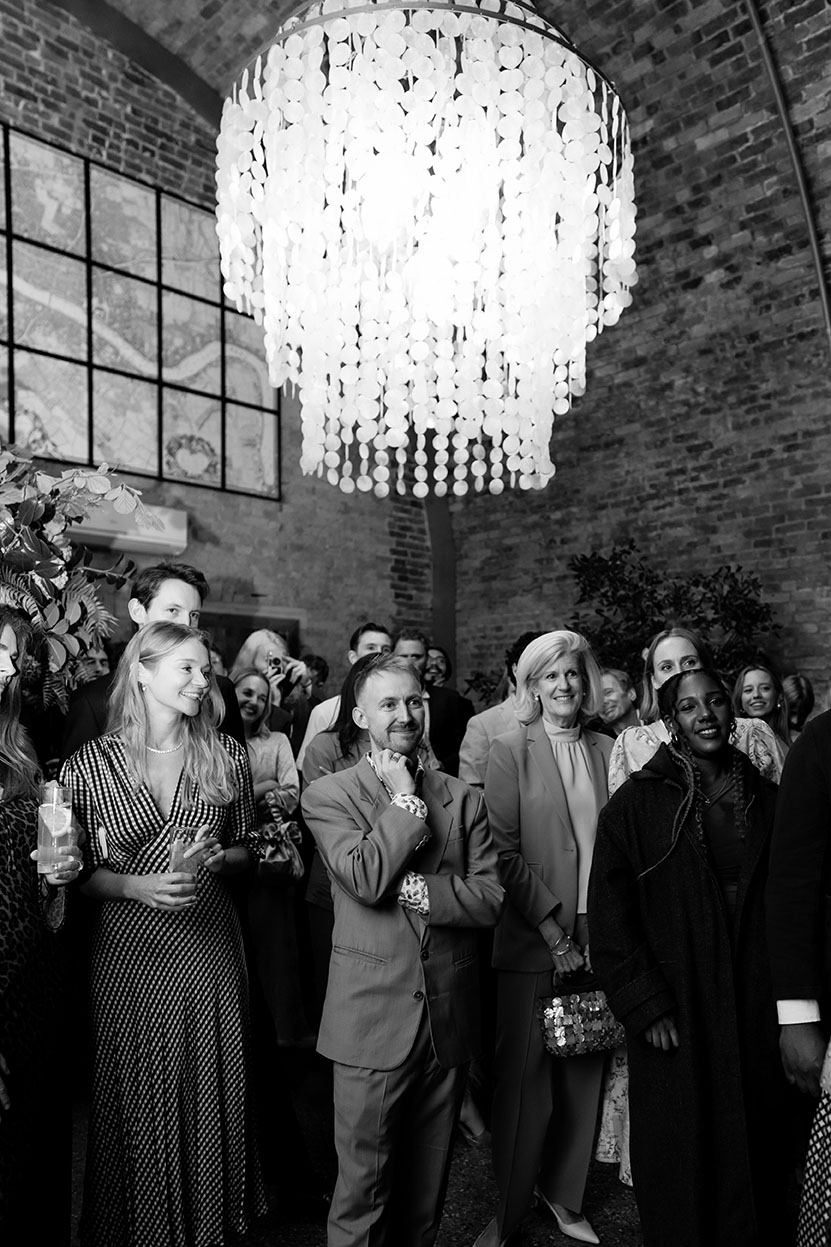
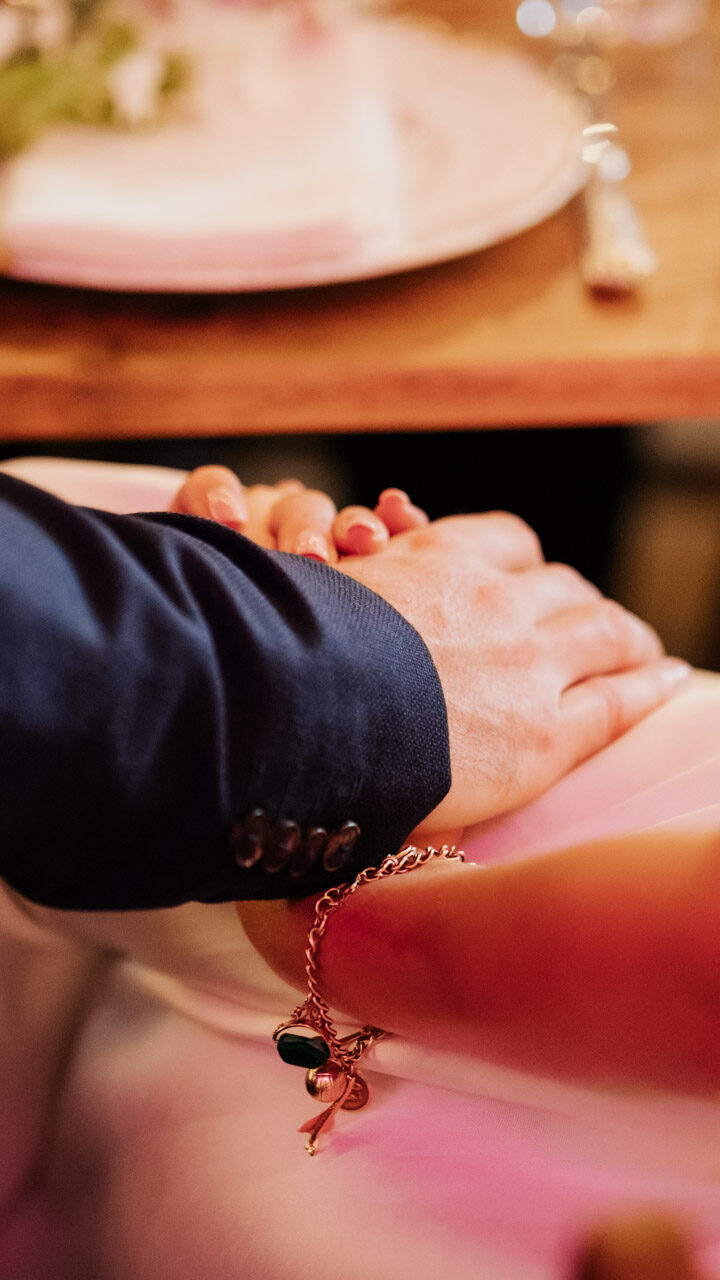
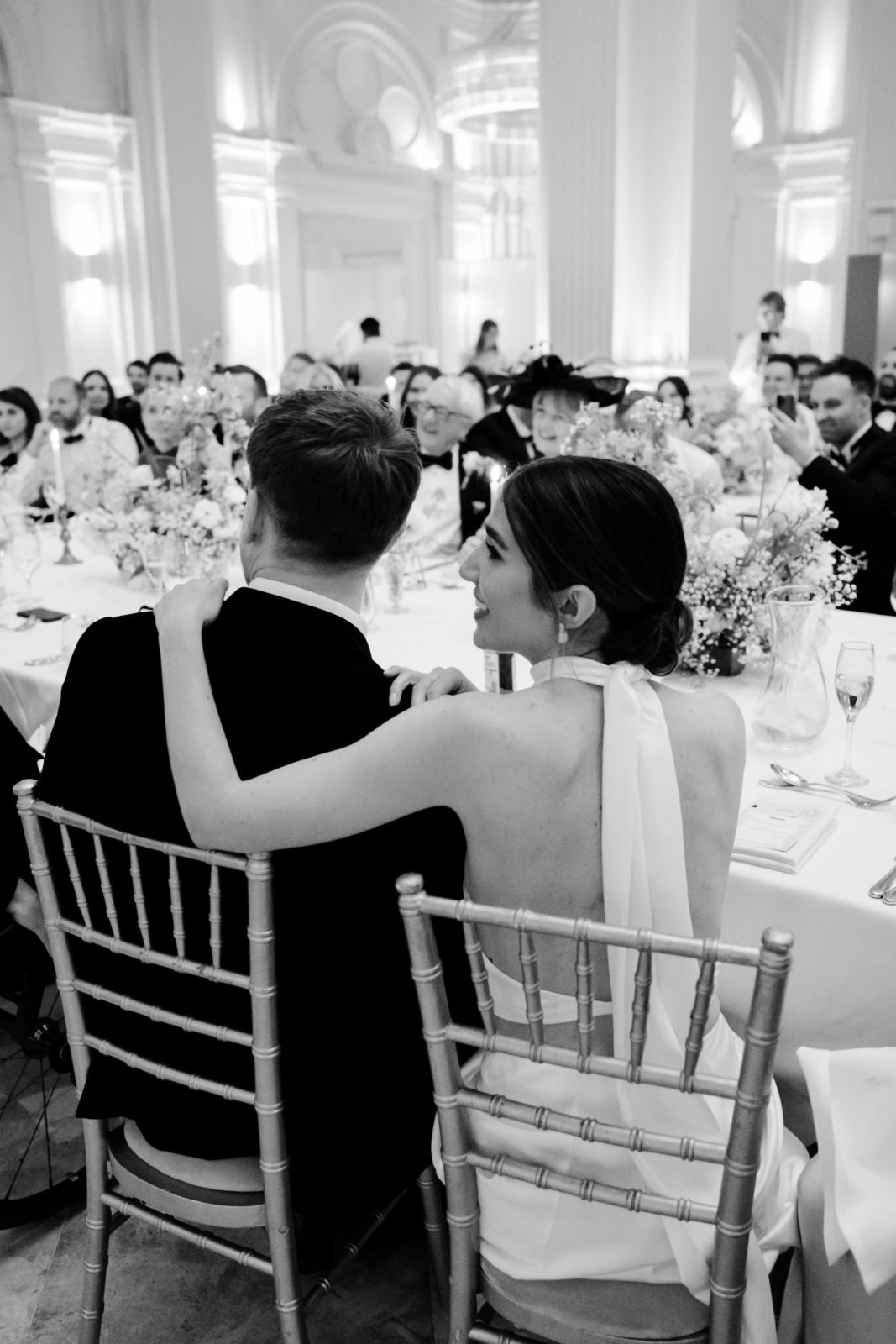
Do explore my full wedding stories to see how I capture the wedding speeches, guests reactions and atmosphere on my blog stories like this one or that one.
HELLO
I only take up to 20 wedding commissions a year,
and the popular dates get reserved in advance.
Comment here